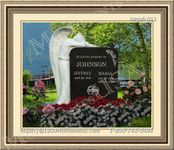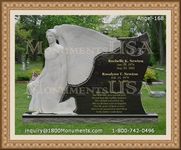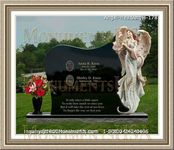|
Details To Learn When Picking Funeral Car Flags
There are many situations which require a bit of planning when dealing making final arrangements for someone who has passed away. One of these is that funerary services are often held at a location other than the cemetery where the body is to be interred. To make sure the transition from one facility to another goes smoothly, funeral flags are usually employed.
When mourners travel as a group from one site to another, it is called a burial procession. In some areas this ritual is carried out on foot as the bereaved wall through the streets carrying the deceased's casket or urn, though it is more common in modern times for the parade to be comprised of vehicles. The body is transported in a hearse which leads the line.
As the one being honored, the deceased is placed in the hearse, which takes the front position. The next place is held by the cars, frequently limousines, that carry the parents, spouse, significant other or children of the departed one. Immediate family will follow the limos and all others mourners will fall in behind them.
Police escorts are often sent to assist the group on their journey and ensure that other drivers do not interrupt the line of mourners. Instead of or in addition to official assistance, the hosting Home may supply banners to each vehicle that identifies their purpose. There are many different styles of these products.
Sometimes, wide ribbons are stretched across the hood of each car, identifying the passengers as in mourning. More commonly used are banners flown from flexible plastic rods attached to an automobile's door window. These may also be found with a magnetic base designed to firmly adhere to the metal or vinyl outside of the vehicle.
These average staff of these products is about twelve inches and made of a strong, yet flexible plastic. The pennants are thick material in an easily noticed size of approximately 6 x 9 inches. Though they come in several colors, orange, white or purple with a cross of a contrasting color in the center are most common.
|
|



























